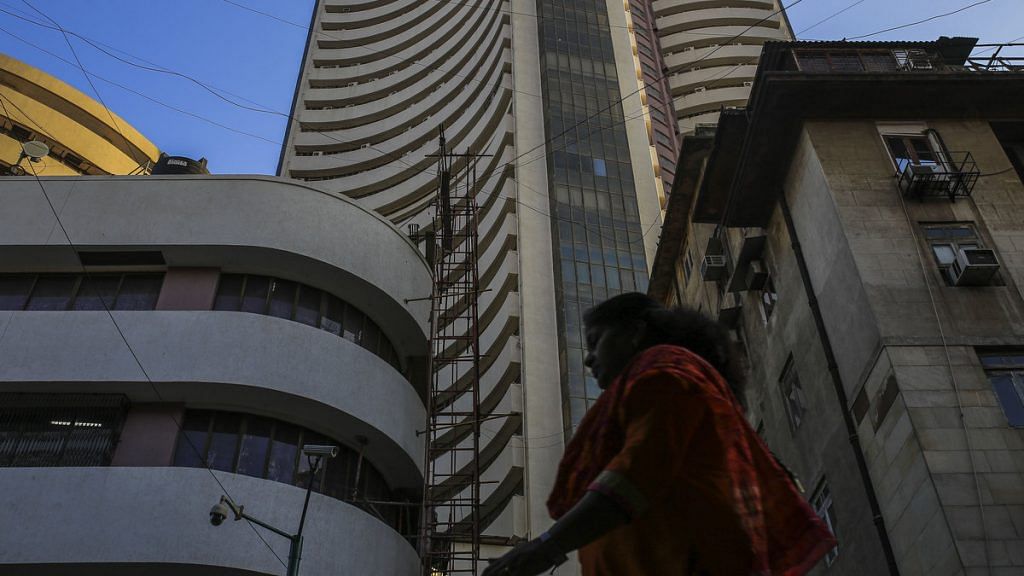Mumbai: India’s biggest investors in shadow bank debt are getting cold feet, spelling more trouble for the hard-hit sector.
Mutual fund investments in commercial paper and bonds that mature within 90 days dropped to 3.24 trillion rupees ($46.5 billion) at the end of March, the lowest in six quarters, data from the securities regulator show. The fallout from shock defaults last year by IL&FS Group continues to make it more difficult and costlier for companies in the sector, particularly weaker players, to access funding.
India’s non-bank lenders are selling stakes or raising funds by disposals or securitizations of more loans as the central bank steps in to provide greater liquidity to squeezed credit markets. Rating cuts on debt instruments of lenders including Dewan Housing Finance Corp. and companies in Anil Ambani-led Reliance group in recent months have added to concerns.
“Mutual funds’ decision to reduce exposure to non-bank lenders and housing finance companies could be attributed to a marked reduction in credit flows to select lenders, and investor concerns on the recent spate of credit downgrades,” said Dhawal Dalal, chief investment officer for fixed income at Edelweiss Asset Management Ltd.
Also read: NBFCs are running out of options and selling bonds to the public
Liquidity Crisis
The funds have cut their exposure to non-bank lenders’ debt to 27 percent of assets under management as of the end of March from about 34 percent last September, Dalal said. This could fall toward 25 percent in the near-term, he said.
A “liquidity crisis” forced non-bank lenders and housing finance companies to rely heavily on selling down loans for funds in the year ended March, according to rating company ICRA Ltd.
While interventions by the Reserve Bank of India are helping Indian credit markets regain some normalcy, a focus by investors on top-rated non-bank financier debt holds risks for lower-rated lenders.
Also read: New debt worries push borrowing costs of NBFCs to record highs
